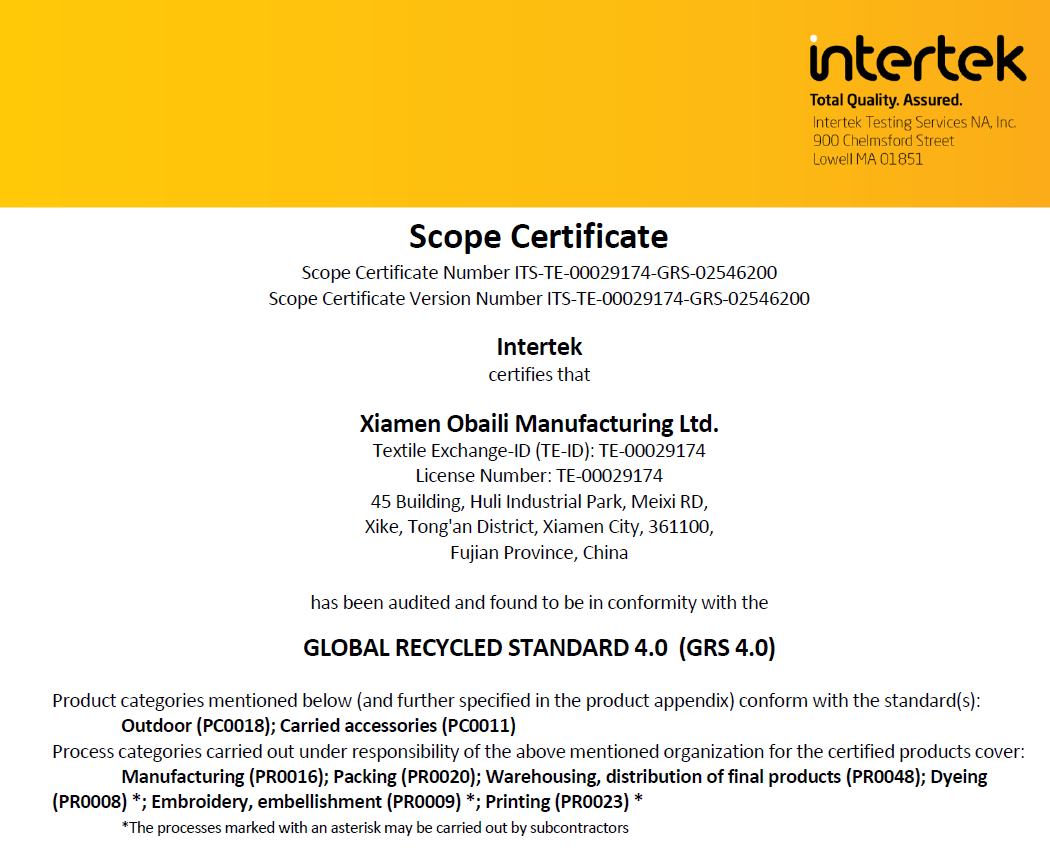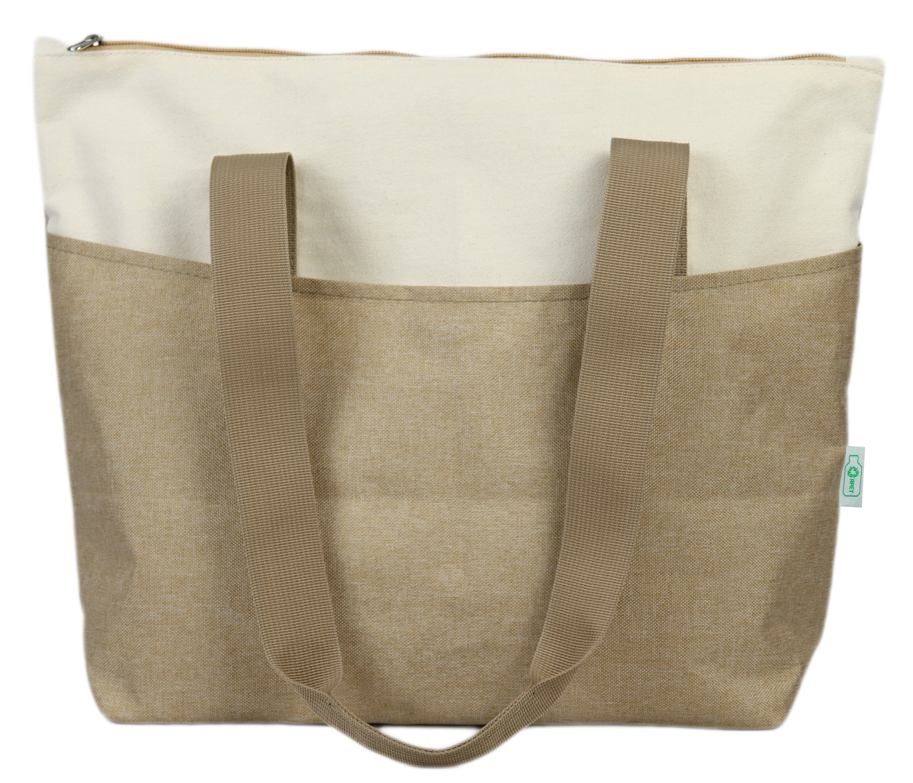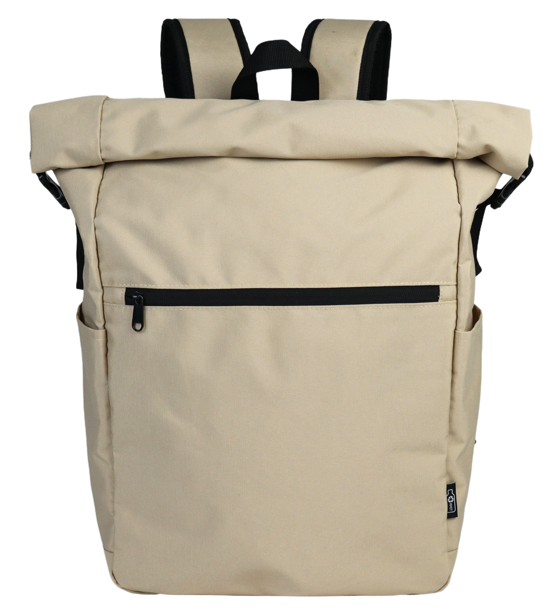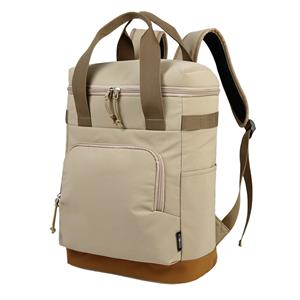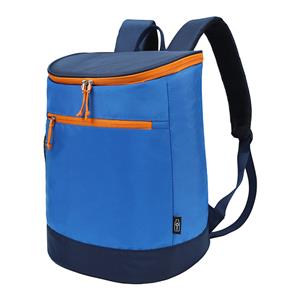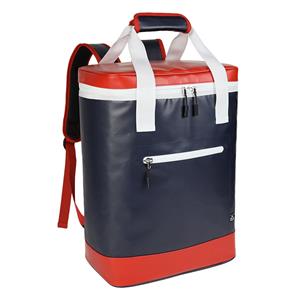L'industrie du sac promeut activement les matériaux RPET, menant une révolution verte
Avec la prise de conscience mondiale croissante de la protection de l'environnement, l'industrie des sacs connaît une profonde transformation écologique. La promotion et la popularisation des matériaux RPET sont devenues le moteur principal de cette révolution. Le RPET (polyéthylène téréphtalate recyclé) est principalement fabriqué à partir de bouteilles en plastique recyclées et d'autres matières recyclables. Son application à la production de sacs ouvre de nouvelles perspectives pour résoudre le problème de la pollution plastique et promouvoir le développement durable dans ce secteur.
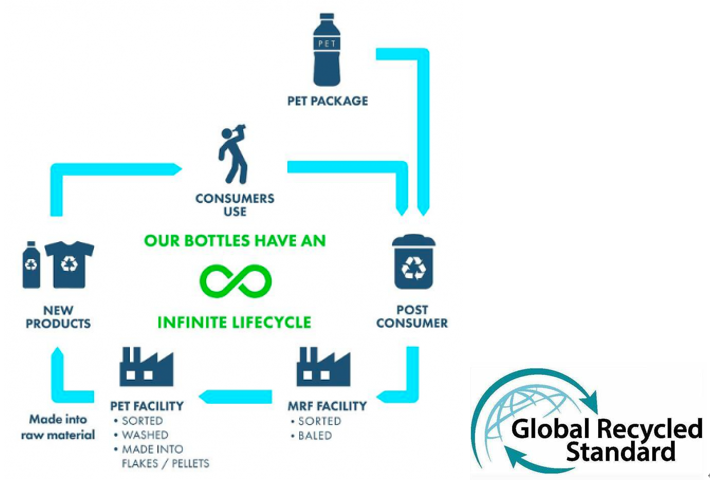
Ces dernières années, de nombreuses marques internationales de renom ont intégré des matériaux RPET dans leurs sacs, témoignant ainsi de leur engagement en faveur de la protection de l'environnement. Adidas, par exemple, utilise des sacs en plastique recyclé certifiés GRS pour certains emballages de ses chaussures de sport. Grâce à la traçabilité des matériaux recyclés, à une production à faible émission de carbone et à une conception en circuit fermé, la marque a considérablement renforcé son image ESG (Environnement, Social et Gouvernance). Ses sacs à dos de sport, également fabriqués en tissu RPET, répondent non seulement aux exigences de durabilité et de fonctionnalité, mais sont également très appréciés des consommateurs pour leurs propriétés écologiques. La marque chinoise HowBottle a collaboré avec Coca-Cola et la One Foundation pour lancer la série "24 Bags". Chaque sac est fabriqué à partir de 24 bouteilles en plastique recyclées, et pour 24 sacs vendus, une tente de secours est fournie aux zones sinistrées. Grâce à leurs designs innovants et à leurs concepts environnementaux, ces sacs ont su captiver l'attention des consommateurs. Les actions proactives de ces marques non seulement améliorent leur propre image, mais établissent également une référence écologique pour l'industrie, incitant davantage d'entreprises à explorer l'application des matériaux RPET.
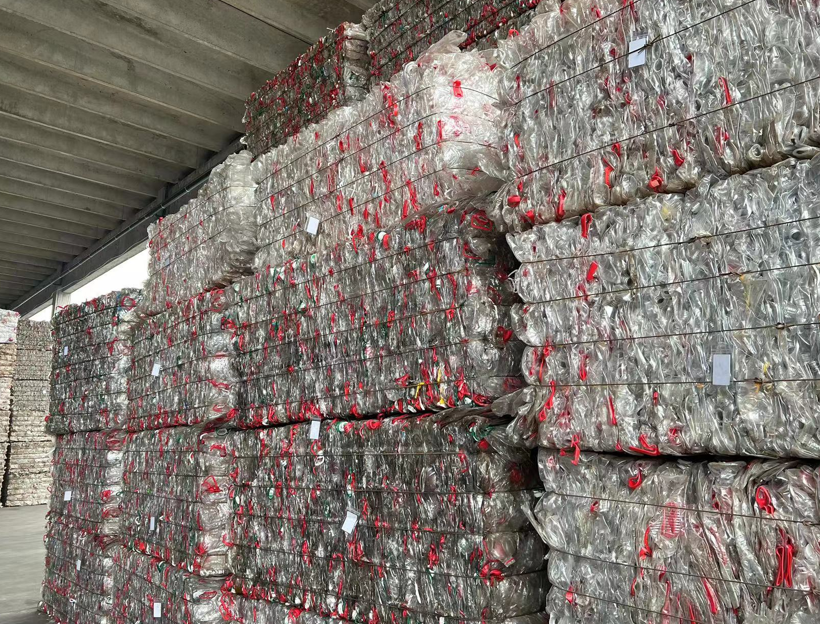
Cependant, la promotion des matériaux RPET dans l'industrie de la maroquinerie se heurte à de nombreux obstacles, tels que la maîtrise des coûts, la modernisation technologique et l'assurance qualité. En raison d'un système de recyclage imparfait et de techniques de traitement complexes, le coût de production des matériaux RPET est de 15 à 20 % supérieur à celui des matériaux traditionnels, ce qui nuit considérablement à leur compétitivité. Certaines entreprises ont signalé que les matériaux RPET restent en retrait par rapport aux matériaux traditionnels en termes de résistance et de stabilité des couleurs, ce qui nécessite des recherches et des améliorations continues. Néanmoins, grâce aux progrès technologiques et à l'expansion industrielle, ces problèmes sont progressivement résolus. Les bagages écologiques en RPET de CROWN, développés grâce à une technologie brevetée, présentent des caractéristiques telles que la résistance aux basses températures et aux chocs, tout en réduisant considérablement les émissions de carbone. Yanwujie associe du tissu recyclé RPET à des boutons à nœuds de style chinois, garantissant ainsi à la fois esthétique et durabilité des produits, tout en héritant de la culture traditionnelle chinoise, créant ainsi une situation gagnant-gagnant en termes de protection de l'environnement et de qualité.
Les perspectives d'application des matériaux RPET dans l'industrie des sacs sont extrêmement prometteuses. D'une part, la sensibilisation croissante des consommateurs aux questions environnementales entraîne une forte croissance de la demande de produits écologiques, créant un vaste marché pour les sacs en RPET. Des études de marché pertinentes montrent que plus de 70 % des consommateurs sont prêts à payer plus cher pour des produits respectueux de l'environnement, et les sacs en RPET s'inscrivent parfaitement dans cette tendance de consommation. D'autre part, le durcissement des politiques et réglementations impose des exigences plus strictes en matière de performance environnementale des matériaux d'emballage, ce qui soutient la promotion des matériaux RPET. L'Union européenne prévoit de rendre tous les emballages plastiques recyclables ou réutilisables d'ici 2030, avec un minimum de 30 % de matériaux recyclés, ce qui incite les entreprises à accélérer l'utilisation des matériaux RPET.
Pour accélérer la popularisation des matériaux RPET dans l'industrie des sacs, les gouvernements, les entreprises et les organisations sociales doivent collaborer. Les gouvernements devraient mettre en place davantage de politiques incitatives, telles que des incitations fiscales et des subventions financières, pour encourager les entreprises à utiliser les matériaux RPET et accroître le soutien à la recherche et développement de technologies respectueuses de l'environnement afin de stimuler l'innovation technologique dans le secteur. Les entreprises devraient assumer activement leurs responsabilités sociales, renforcer la recherche et développement et l'application des matériaux RPET, améliorer la performance environnementale et la qualité des produits, et renforcer la promotion de la marque afin de mieux faire connaître et reconnaître les sacs RPET auprès des consommateurs. Les organisations sociales peuvent jouer un rôle de passerelle, renforcer les échanges et la coopération sectorielle, organiser des formations techniques et des activités de partage d'expériences, et promouvoir le développement global du secteur.
La promotion des matériaux RPET dans l'industrie des sacs est un choix incontournable pour le développement durable. Malgré les défis, grâce aux progrès technologiques, à la demande croissante du marché et au soutien politique accru, les matériaux RPET devraient être largement utilisés dans l'industrie des sacs, favorisant ainsi la transformation verte du secteur et contribuant à la protection de l'environnement et au développement économique. Notre usine s'inscrit également dans cette tendance environnementale en se formant activement sur les matériaux RPET et en les développant. Aujourd'hui, les matériaux RPET sont largement utilisés dans nos sacs isothermes, sacs à dos, sacs de sport, mallettes, sacoches pour ordinateur portable, etc. Unissons-nous tous pour contribuer à la protection de l'environnement !
